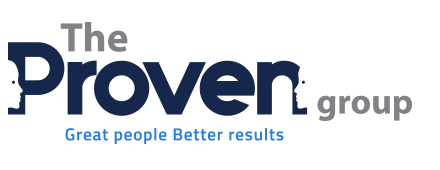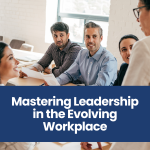Many talented individuals living with disabilities often find themselves overlooked, especially for leadership positions. But there’s a new initiative on the horizon aiming to change that.
The Australian Disability Network (ADN) recently launched a pilot program, the Career Pathways Pilot 2023-2025. Teaming up with the Business Council of Australia (BCA) and the Department of Social Services, ADN is collaborating with four major Australian employers. Their goal? To support employees with disabilities and help them grow into leadership roles.
This program isn’t just about talking the talk; it’s about walking the walk. Employers and employees with lived experience will work together to identify and break down barriers to employment.
Why is this so crucial? Well, consider this: while Australian employers face significant skill shortages, people with disabilities are often underrepresented in the workforce. Only 53% of working-age people with disabilities are part of the labor force, compared to 84% without disabilities. This gap widens even more at higher levels within organizations.
The potential impact is enormous. The Business Council of Australia estimates that if Australia improves its disability employment rates to match those of the top eight OECD countries, our GDP could grow by an additional $50 billion by 2050.
But changing the status quo isn’t easy. Graeme Innes AM, a lawyer, board director, and former Disability Discrimination Commissioner, points out a major obstacle: the assumptions made by recruitment decision-makers. Many middle managers are risk-averse, which can lead them to overlook candidates with disabilities. Programs like this pilot are crucial for challenging these assumptions and fostering real change.
Innes stresses the importance of setting clear targets for disability representation within organizations. If you don’t count it, it doesn’t count – simple as that. By setting and achieving these targets, managers can see firsthand the capabilities of employees with disabilities in senior roles, challenging their preconceived notions.
Ultimately, it’s about action. It’s about giving people with disabilities the opportunities they deserve, without viewing them as heroes or victims. Employers need to step up and make the decision to hire inclusively. As Innes puts it, “Just do it.” It’s time to turn plans into action and make a real difference in the lives of people with disabilities.


